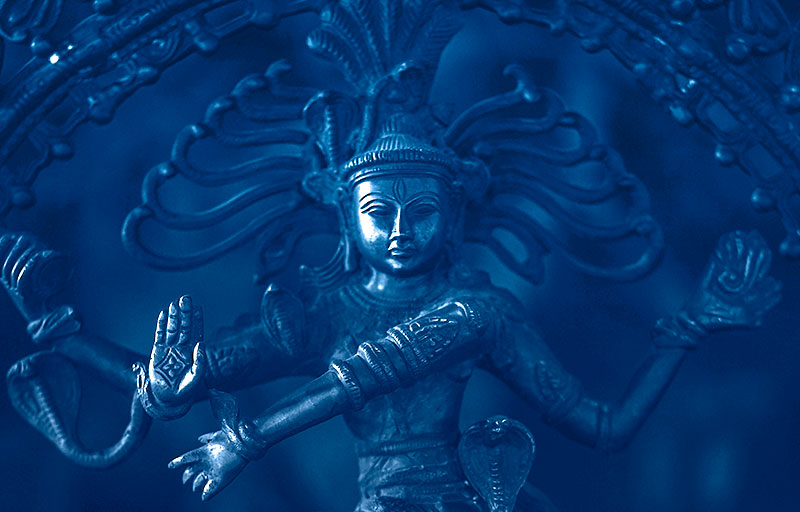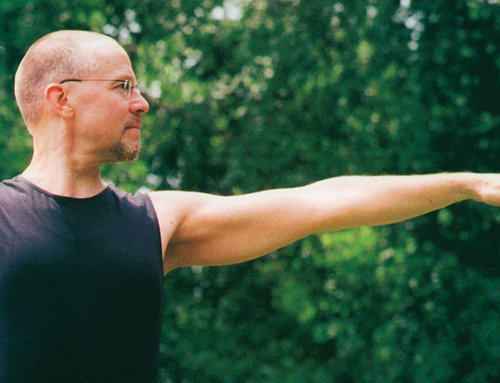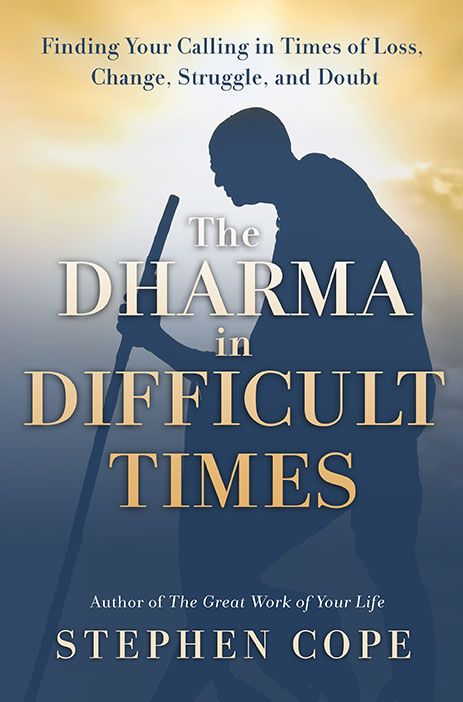By Amanda Penn – Published in Basmati ~

Photo by Igor Ovsyannykov
If you practice yoga, you’ve likely heard of Patanjali’s Yoga Sutras, a foundational text of classical yoga philosophy. Maybe you’ve even read it.
If you have, you’ve encountered a collection of densely packed aphorisms that appears deceptively simple. However, the Sutras’ brevity also adds to its occasional impenetrability. Patanjali wrote the text for his peers, advanced yogis who didn’t need the practice of every yama and niyama spelled out for them. Today, the paucity of specifics in the Yoga Sutras has generated a multitude of commentaries to help readers find current relevance in a text written around 400 CE.
Jumping into the fray is Stephen Cope, Founder and, at the time, Director, of the Kripalu Institute for Extraordinary Living. In The Wisdom of Yoga: A Seeker’s Guide to Extraordinary Living, Cope elucidates this notoriously difficult text with a new strategy, the use of modern-day characters—a lawyer, a retired dancer, a novelist, an interior decorator—to demonstrate Patanjali’s theories in action. It’s an unconventional and effective approach, showing how Patanjali’s insights are just as timely today as they were over a thousand years ago.






